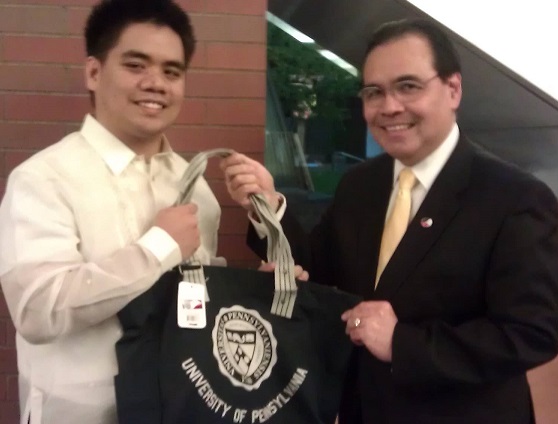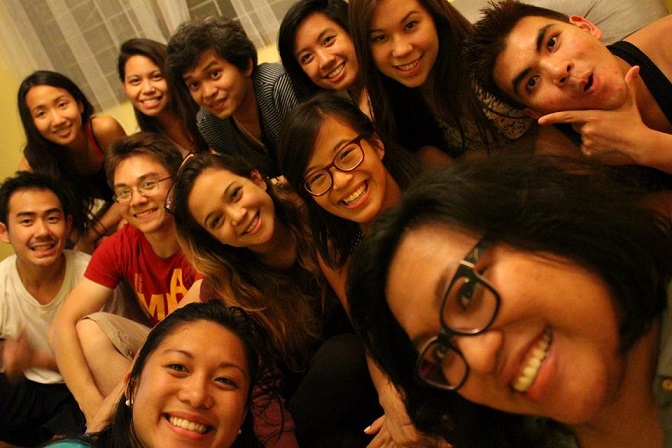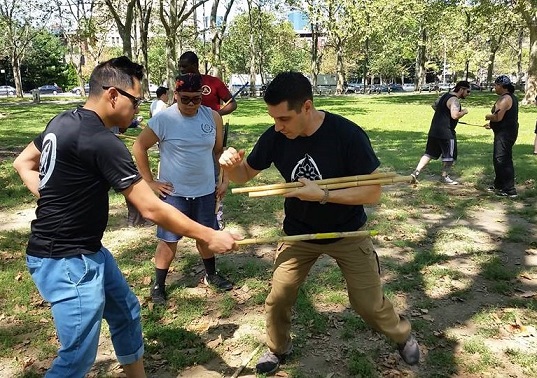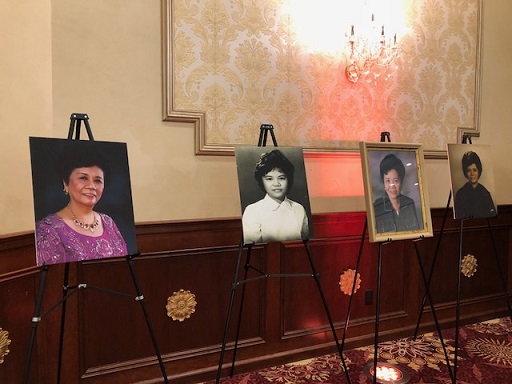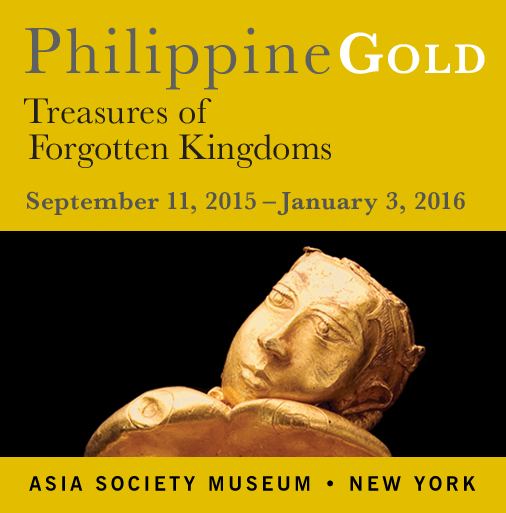MoMA presents Lino Brocka’s ‘Insiang’ Oct 28–Nov 3

Hilda Koronel in ‘Insiang.’ The state-owned film was almost banned in the 1970s when the Philippines was under martial law.
Shot under extreme pressures of time (roughly 11 days), money, and government censorship, “Insiang” has lost none of its political urgency or vitality. Brocka, the Philippines’ most internationally celebrated filmmaker working within—and against—the Marcos dictatorship, masterfully fuses documentary realism with classic melodrama to chart the fate of one teenage girl, the beautiful and waifish Insiang (Hilda Koronel), who becomes hardened and vengeful after her boyfriend abandons her to the predatory sexual advances of her mother’s lover.
The rivalry between the shrewish matriarch (1930s star Mona Lisa) and her impressionable, cunning daughter is chilling in its violent narcissism.
The 1976 film stars Hilda Koronel, Mona Lisa, Ruel Vernal, and Rez Cortez. Lino Brocka directs from a screenplay by Mario O’Hara and Lamberto Antonio.
“Insiang” was restored in 2015 by Cineteca di Bologna/L’Immagine Ritrovata, with funding provided by The Film Foundation’s World Cinema Project (spearheaded by Martin Scorsese) and the Film Development Council of the Philippines (FDCP).
According to the council website, the National Archives of the Philippines (NFAP), under the auspices of FDCP, fully acquired the rights of the film following negotiations between FDCP Chairman Briccio Santos and the film’s producer, Ruby Tiong Tan.
“Insiang” is now owned by the Philippine government.
Ironically, the film did not sit well with the film censors in the 1970s when the Philippines was under a state of martial law.
“Producer Tiong Tan recounted how the Philippine censors were not keen on the film garnering international attention. ‘Because of the social realities depicted in the film, they did not want it to go to Cannes. It was banned because it wasn’t showing the beautiful parts of Manila. They delayed the censoring process just so that it wouldn’t make it for the Cannes deadline,’ she recalled.
With public pressure and protests from street demonstrators, “Insiang” was approved and made it to Cannes, the first Filipino film to be exhibited at the film festival.
The MoMA schedule below:
Wednesday, October 28, 2015, 6:30 p.m., Theater 2
Thursday, October 29, 2015, 6:30 p.m.
Friday, October 30, 2015, 4:00 p.m.
Saturday, October 31, 2015, 4:30 p.m.
Sunday, November 1, 2015, 2:00 p.m.
Monday, November 2, 2015, 3:45 p.m.
Tuesday, November 3, 2015, 6:30 p.m.





